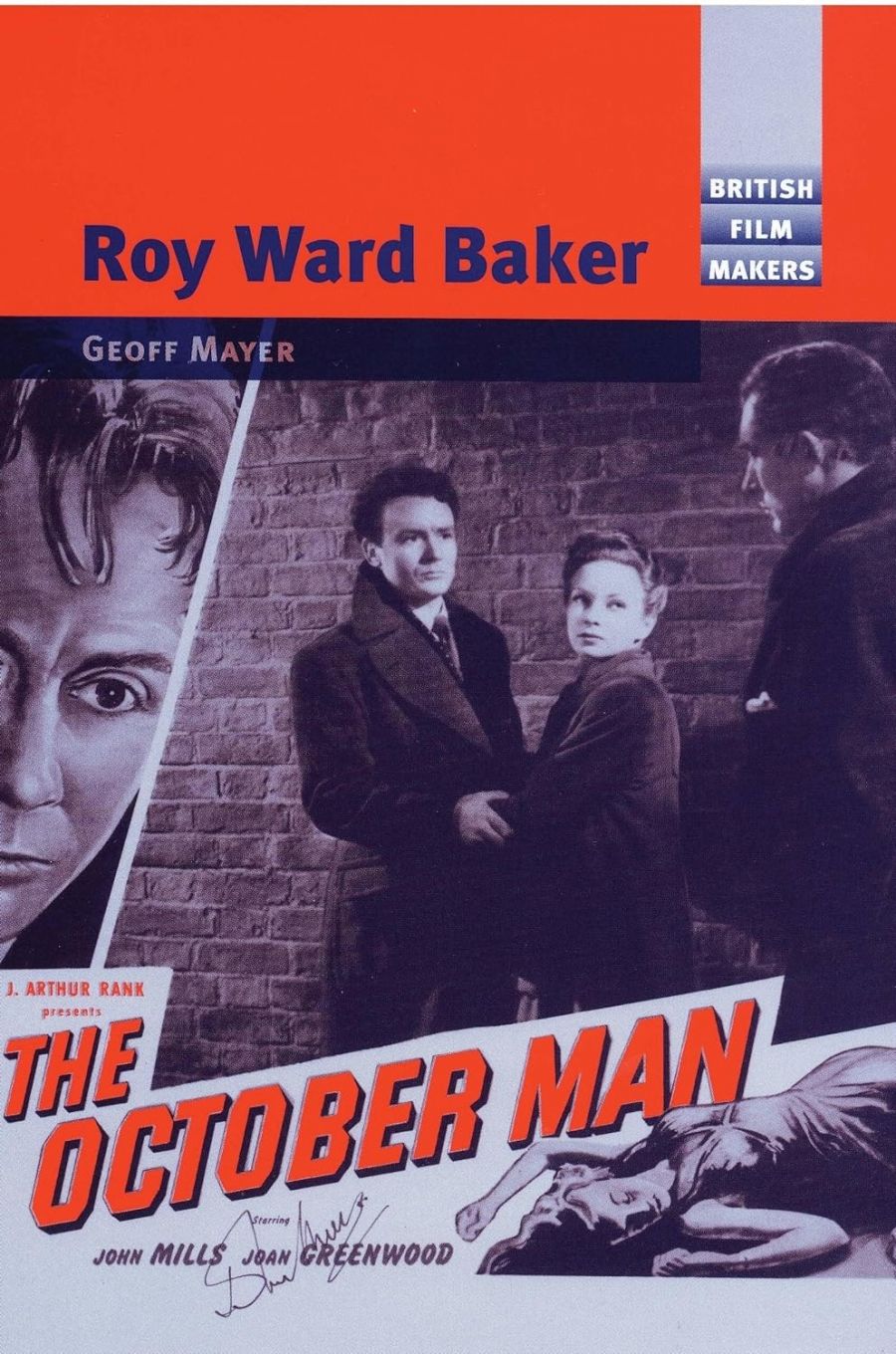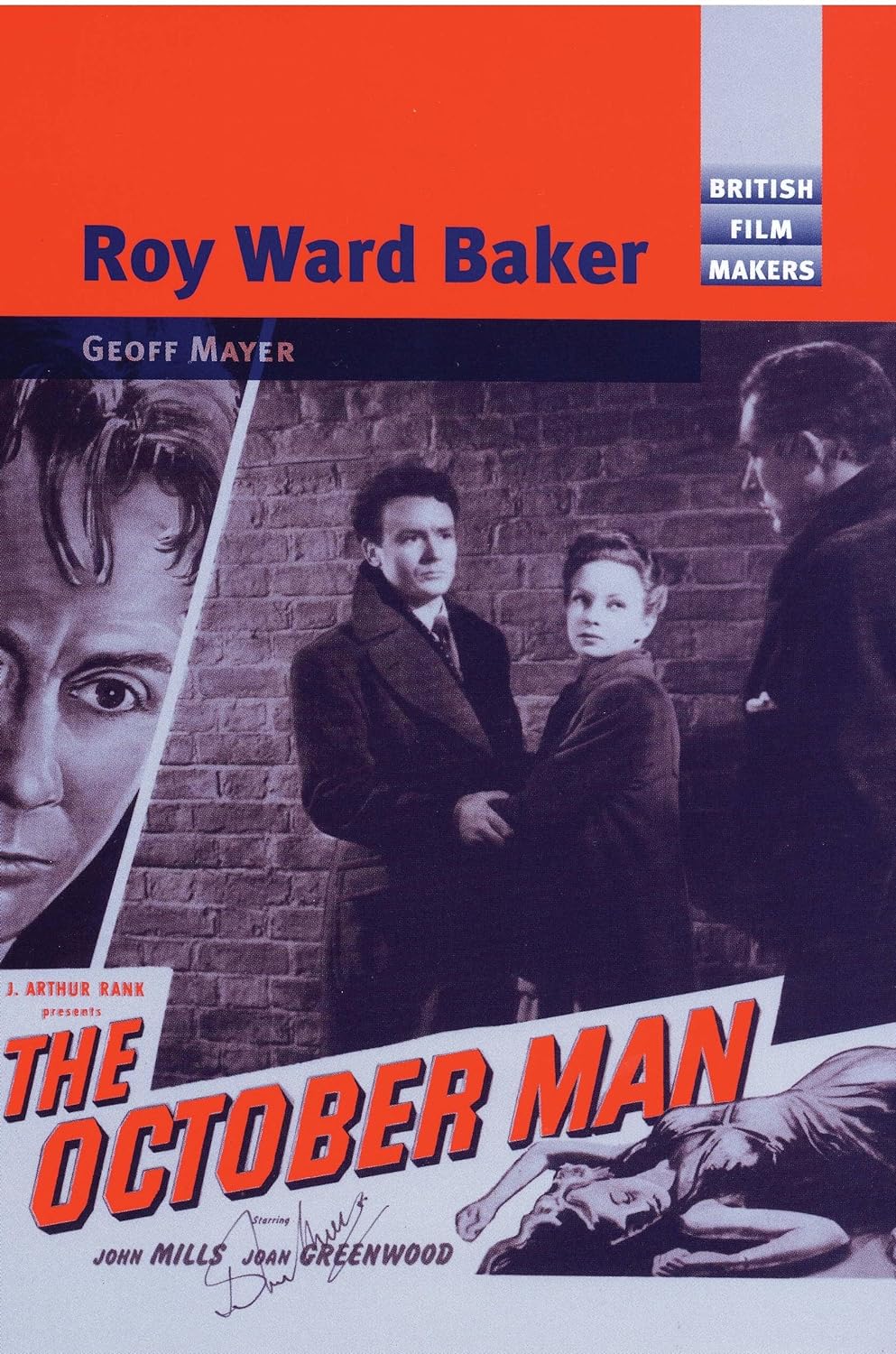
- Free Article: No
- Contents Category: Film Studies
- Review Article: Yes
- Article Title: Jack of all trades
- Online Only: No
- Custom Highlight Text:
Roy Ward Baker is quoted as saying ‘realism is my forte’. But Geoff Mayer’s book reveals that over a fifty-eight-year career in film and television, Baker was much more than just a ‘realist’. Baker began as a ‘gopher’ at Gainsborough Studios in 1934, but he is best known for directing what is perhaps the definitive film on the Titanic disaster, A Night to Remember (1958). He also directed horror productions for Hammer Films, including The Vampire Lovers (1960) and Quatermass and the Pit (1967). He ended his career at seventy-two with an episode of the British television series The Good Guys (1992). It is due to this long and diverse career that Baker has not been embraced as an auteur, a filmmaker who is able to project a consistent personal vision across a range of films. However, in Roy Ward Baker, Geoff Mayer, of La Trobe University, situates Baker as an auteur, tracing the vicissitudes of his career to provide a comprehensive and intriguing study of the filmmaker and his films, as well as his industrial, social, and political contexts.
- Book 1 Title: Roy Ward Baker
- Book 1 Biblio: Manchester University Press, $144 hb, 224 pp
- Book 1 Cover Small (400 x 600):

- Book 1 Cover (800 x 1200):

Mayer draws on interviews and archival records to construct a vivid impression of Baker’s earliest experiences working as a jack of all trades, sorting out ragged costumes for a crowd of beggars in the musical Chu Chin Chow (1934), which was being shot at Gainsborough’s Islington studio. It was there that Baker assisted directors as influential as Alfred Hitchcock, Carol Reed and Robert Stevenson.
Mayer also focuses on the social and political influences that both supported and destabilised Baker’s career. In 1942 Baker volunteered to work with the War Office, directing the Home Guard Town Fighting Series for the Army Kinematograph Service Film Production Unit when he was twenty-six years old. He worked on eight ‘informational’ productions for AKS until 1945.
Mayer argues that Baker’s postwar career developed indirectly and was characterised by interruption and instability, success and disappointment. In 1946 he made The October Man, a postwar British noir film that Mayer suggests falls into the ‘maladjusted veteran’ cycle. The October Man was critically well received; Mayer supports this by referring to a range of reviews; including one linking Baker to Orson Welles. This was a high point for Baker, but by 1948 he described his career as ‘travelling on a descending curve’. In 1950 Baker completed Morning Departure, a film that had a release date that unfortunately coincided with the collision of the HMS Truculent in the Thames, a tragic incident that claimed the lives of sixty-four sailors. Morning Departure was changed to include a foreword that paid tribute to the sailors. With the inclusion of the actual disaster in the film’s promotion, the film was a box-office success.
Mayer also outlines Baker’s role in the development of new cinematic technologies and his experiences of filmmaking in Britain, the US and Hong Kong. In Hollywood, Baker directed Inferno (1953), which was shot in stereoscope. While this was an innovative method of production, the film received a limited release due to the specific conditions required for exhibition. Nevertheless, Inferno is considered one of the most sophisticated of the 1950s experiments in 3D technology. With the Rank studio production Passage Home (1954), Baker experimented with innovations in ‘blue backing’, an advance on back projection that allowed filmmakers to link foregrounds to backgrounds during production. Tiger in the Smoke (1956) was shot predominantly on a small crane to connote an atmosphere of evil. Mayer devotes a chapter to the latter stage of Baker’s career as he moved towards the production of sensational exploitation and horror films for Hammer and Amicus studios between 1967 and 1980. At the Shaw Studios in Hong Kong, Baker directed an East–West fusion with The Legend of the Seven Golden Vampires (1973).
Roy Ward Baker constitutes the ninth volume in the British Film Makers series, edited by Brian McFarlane and Neil Sinyard. The series editors do not limit the writers to any single theoretical methodology, and this plurality is one of the strengths of Mayer’s book. Throughout, Mayer adopts a range of approaches, including detailed reference to film and institutional historiographies, theories of melodrama, questions of cinematic realism and the impact of social-issue problem films. Mayer’s book includes an impressively detailed filmography spanning Baker’s long career in film and television.


Comments powered by CComment